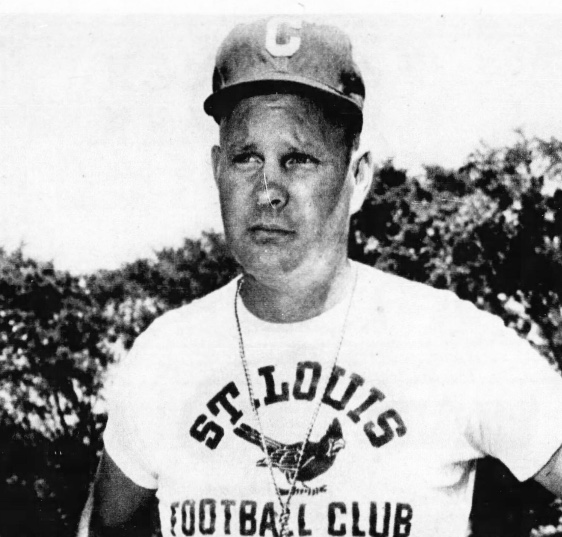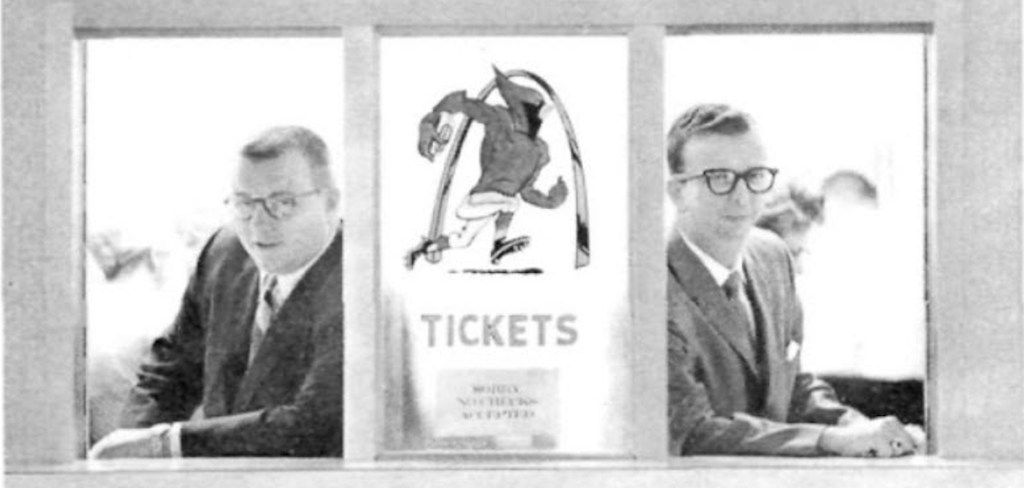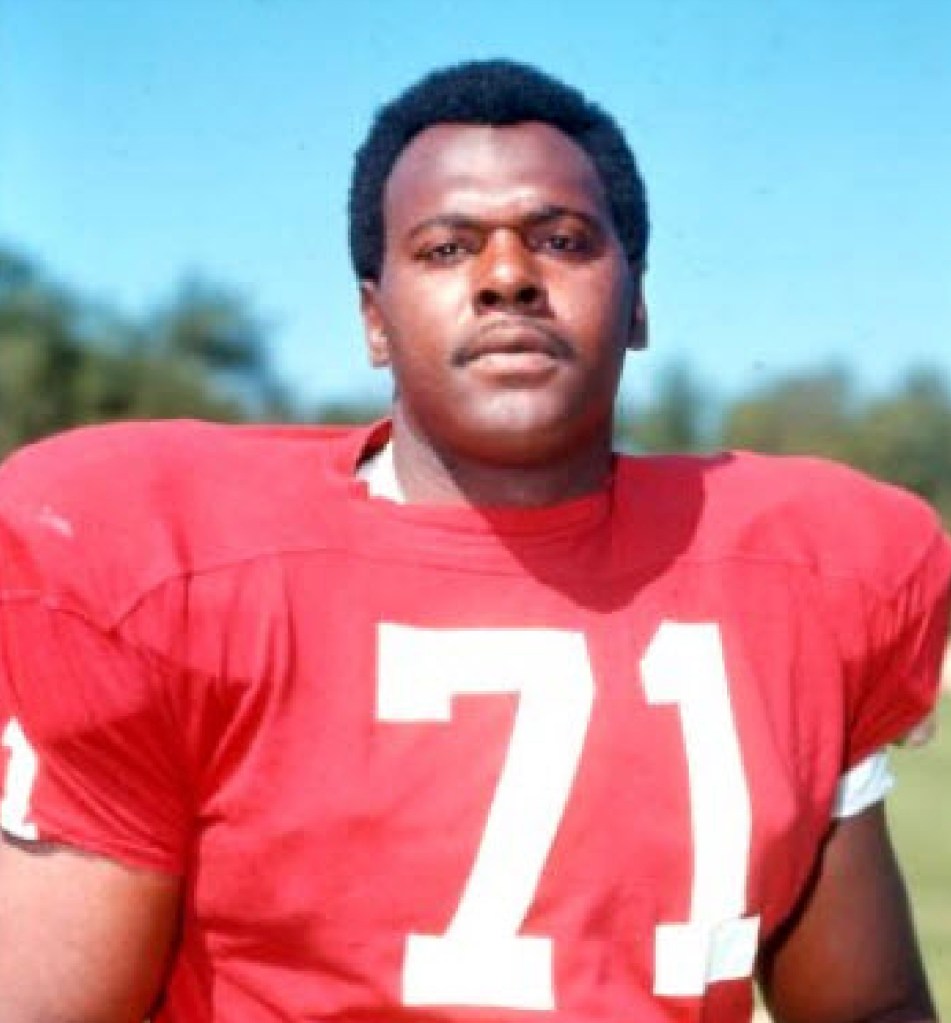Posted by Bob Underwood
Most people are aware of the historic struggles the St. Louis Cardinals had when it came to the NFL draft. There were some very good drafts over the years (1979-1983 for example), but more times than not, the Big Red left their fans scratching their heads (“They drafted a girl!”).
I thought it would be fun to go back and rank the all-time Big Red draft picks by round. Many on this list were no-brainers, but there were a few very competitive rounds. I’m sure everyone will agree that some of the greatest names in Cardinals history are on this list, including four Cardiac Cards offensive lineman, and all four Hall of Famers. But I also learned something about the Cards top 16th and 20th round picks, Jimmy Lee Hunt and Tom Day. Both were released by the Cardinals and both went on to become stars in the AFL. Hope you enjoy!
ALL-TIME ST. LOUIS CARDINAL DRAFT PICKS BY ROUND
ROUND 1 – ROGER WEHRLI (1969)
Wehrli was a consensus All-American at Missouri when the Cards selected him with the 19th pick in the draft. He went on to a 14 year career in St. Louis that included 3 All-Pro and 7 Pro Bowl selections. He had 40 interceptions, 19 fumble recoveries and was the longtime holder for Big Red kickers. He returned a fake FG for a TD in his final NFL game in 1982. Roger Staubach called him the best cornerback he ever played against. Wehrli was inducted to the Pro Football Hall of Fame in 2007, a member of the College Football Hall of Fame and the 1970s NFL All-Decade Team.









